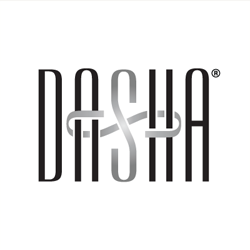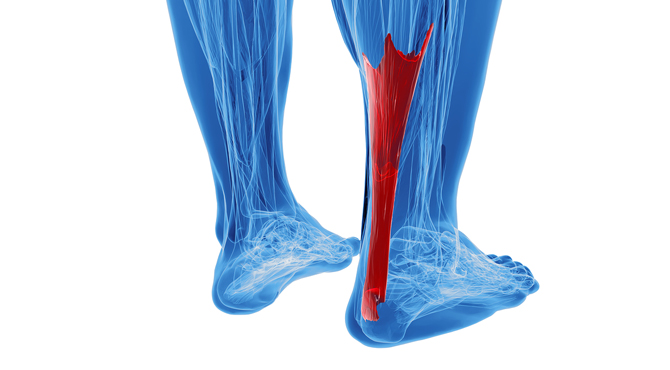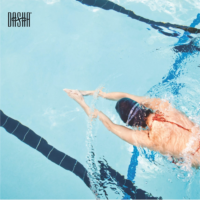Achilles tendonitis is typically caused by excessive, repetitive stress to the tendon located in the lower part of the calf in situations like an increase in intensity of activity, running on hard surfaces like concrete, running too often, not stretching properly or using shoes with improper support. Activities that involve a lot of jumping, such as volleyball or basketball can also cause the condition, as can the formation of a bone spur (an extra bone growth where the Achilles tendon attaches to the heel bone) which may rub against the tendon and cause pain.
Common symptoms of Achilles tendonitis include pain and stiffness and swelling along the tendon or back of the heel in the morning that worsens with activity.
Achilles tendonitis is diagnosed with a thorough physical exam of your foot and ankle. Your doctor will gently press on the affected area to determine the location of pain, tenderness or swelling. He or she will also evaluate the flexibility, alignment, range of motion and reflexes of your foot and ankle.
Additionally, ordering an imaging test such as an X-ray may be useful. Radiographic evaluation can demonstrate whether the lower part of your Achilles tendon has calcified or become hardened and indicates insertional Achilles tendinitis. Ultrasounds can produce real-time images of the Achilles tendon in motion to allow visualization of inter-tendinous tearing and inflammation of the tendon. An MRI may be prescribed if further evaluation is warranted to provide even more detailed images of the tendon.
In most cases, Achilles tendonitis can be treated conservatively with nonsurgical treatments, although it may take several months for symptoms to completely subside. This involves a number of modalities including the following:
– Resting and switching to low-impact activity. The first step in reducing pain is to decrease the activities that aggravate one’s symptoms. Activities such as biking, elliptical exercise and swimming will put less stress on the tendon as it heals
- Stretching
- Strengthening exercises with eccentric contractions of the Achilles
- Supportive shoes and heel lifts
- Custom orthotic devices
- Taking non-steroidal anti-inflammatory medications (NSAIDs) like ibuprofen and naproxen
- Going to physical therapy
- Extracorporeal shockwave therapy. ESWT is an alternative to surgery often used when conservative treatment fails. This treatment involves using low dose sound waves to incite an inflammatory response in the tendon which starts a healing cascade where the body heals itself. It offers a treatment option with cure rates similar to surgical management with the benefit of no anesthesia, no incisions and little to no after-treatment disability.
Should these more conservative treatments fail, some minimally invasive surgical treatments may be employed. Two of the latest and most effective surgical management techniques are Topaz Coblation and Platelet Rich Plasma (PRP) Injections.
Topaz is a quick technique available for the treatment of tendons and fascia that utilizes patented Coblation® technology, designed to specifically treat tendons such as the Achilles. Small amounts of tissue are removed as a light application of radiofrequency energy is guided into the tissue, stimulating a local acute inflammatory response to promote healing and repair of the degenerated tendon.
Platelet Rich Plasma (PRP), done in conjunction with Topaz, is derived from a patient’s own blood. These concentrated platelets contain powerful growth factors that can jumpstart the healing of injured tendons and ligaments by stimulating tissue repair and regeneration.
In conclusion, Achilles tendonitis, although painful, can effectively be prevented or treated using a variety of available treatment options. Contact your doctor for a full evaluation should you be experiencing any of the symptoms listed above.
DRENCHED™ NY, llc., Copyright © 2018 DRENCHED™ | All Rights Reserved





